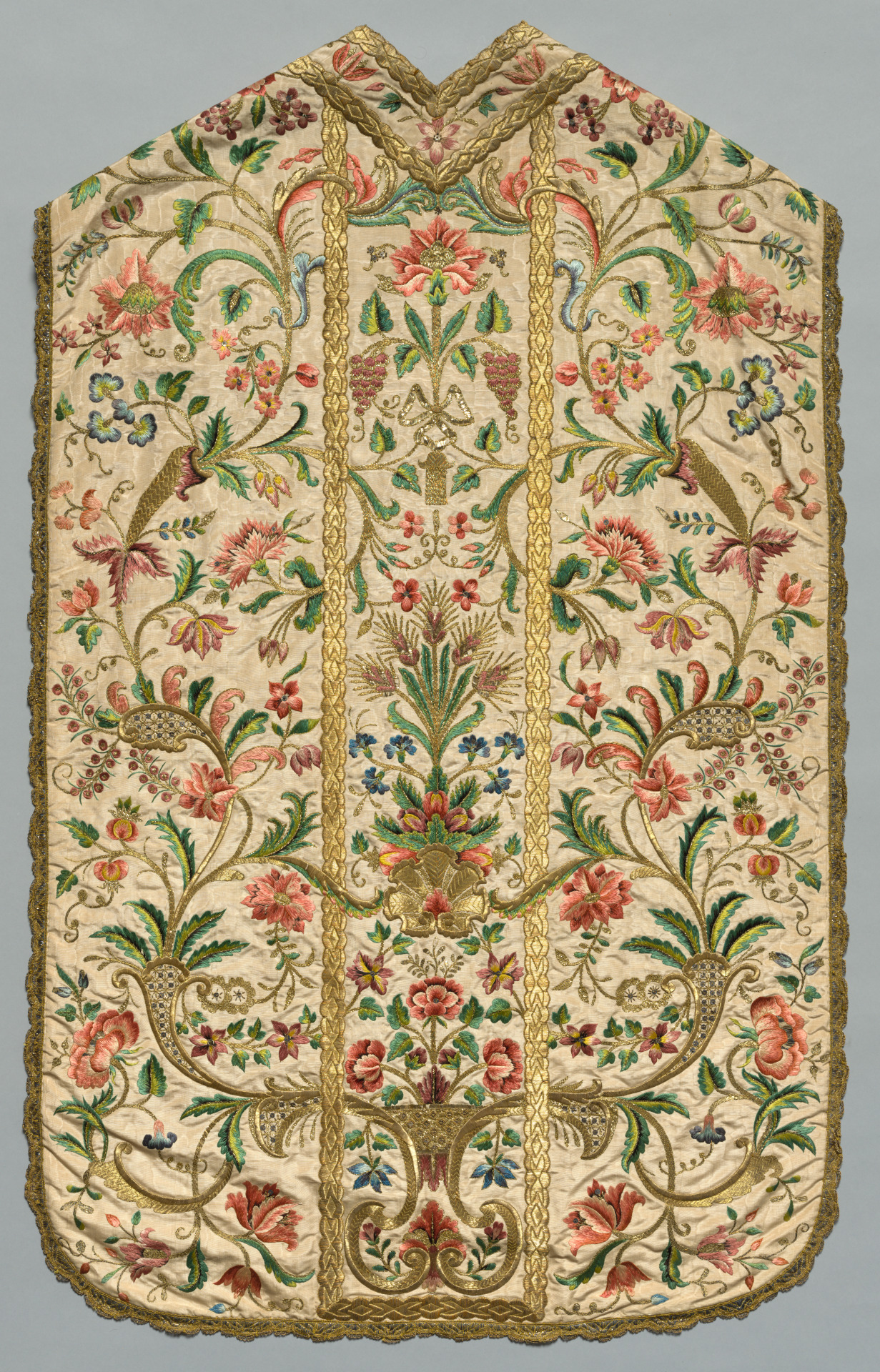
- Magazine Article
- Exhibitions
Opulent Fashion in the Church
A celebration of Jeptha H. Wade II’s magnificent textile donations

The most significant contributor to the new Cleveland Museum of Art was financier and philanthropist Jeptha Homer Wade II (1857–1926), who had been named for his grandfather, one of the founders of the Western Union Telegraph Company. In 1913 Jeptha II co-founded the museum, and served as its president from 1920 until his death in 1926. As a magnanimous and discriminating donor, he gave the land on which the museum stands, major works of art, and initial gifts for a general endowment fund and for an art purchase fund, the exceptional J. H. Wade Fund, which has enabled the museum to acquire 2,283 works of art.
The vast majority of Wade’s gifts are beautiful textiles—1,581 textiles out of 2,855 donations—1,000 of which were gifted with his wife, Ellen Garretson Wade. A selection of their European vestments of the 1600s and 1700s with regalia from a matching set are now on view in Opulent Fashion in the Church. Used in worship throughout history, these radiant textiles are cherished symbols of the majesty of God as well as the wealth and power of the Catholic Church; they embellished the high altar and clothed the clergy. Quality was expensive. Lustrous silk thread dyed vibrant colors was transformed into luxury textiles by skilled designers, weavers, and embroiderers.

One of the most beautiful and important vestments is the chasuble, the outer garment worn for the Catholic Mass. By the 1700s, its original full shape, influenced by fashion, acquired a fiddle-shaped front to facilitate arm movement and a straight-sided back. Chasubles were worn over a long white garment called an alb, enriched with lace, the most costly material. Several exquisite examples are highlighted in this exhibition.
In 1916, the museum’s inaugural year, the Wades donated most of the items on display in the exhibition. Some of their outstanding gifts were collected while calling at ports around the Mediterranean, Japan, and China in their luxuriously appointed yacht, the Wadena.
